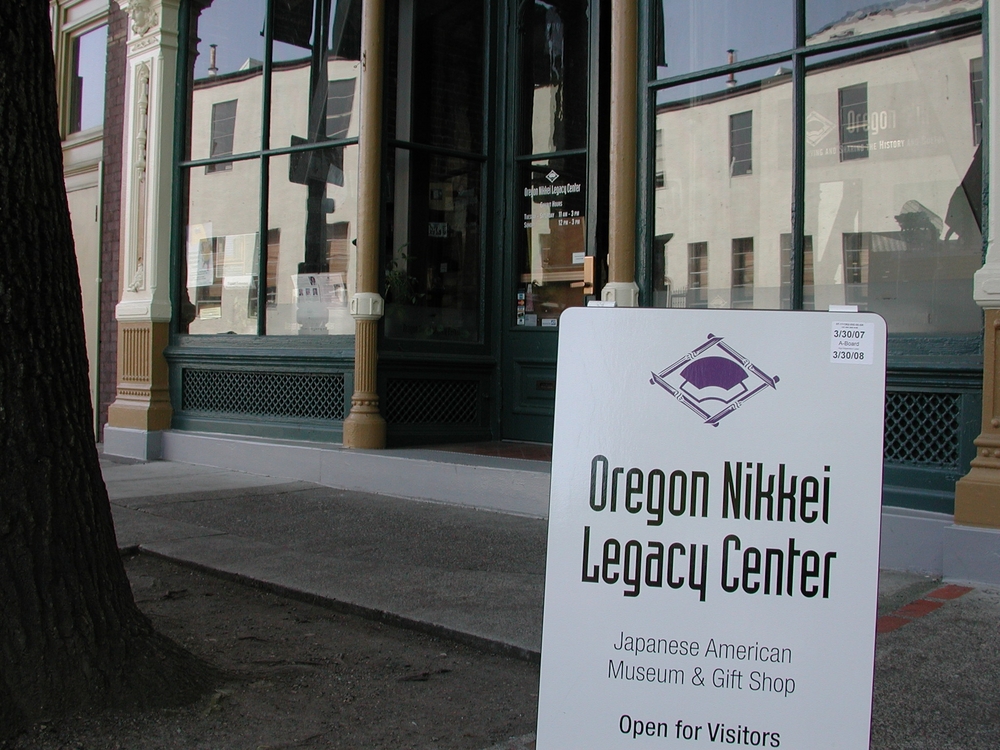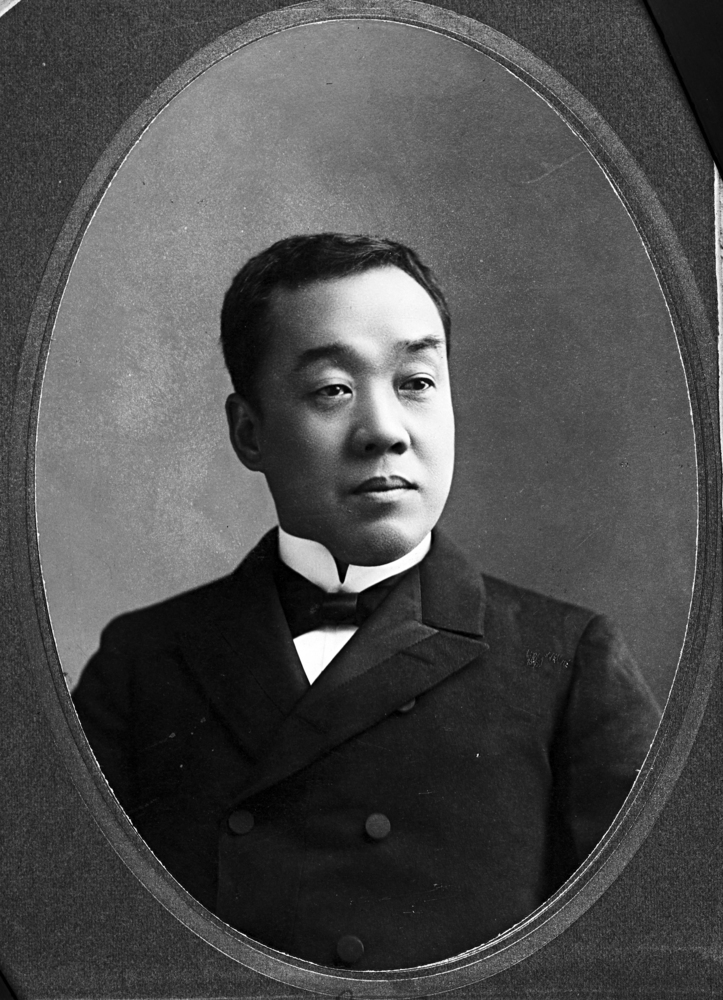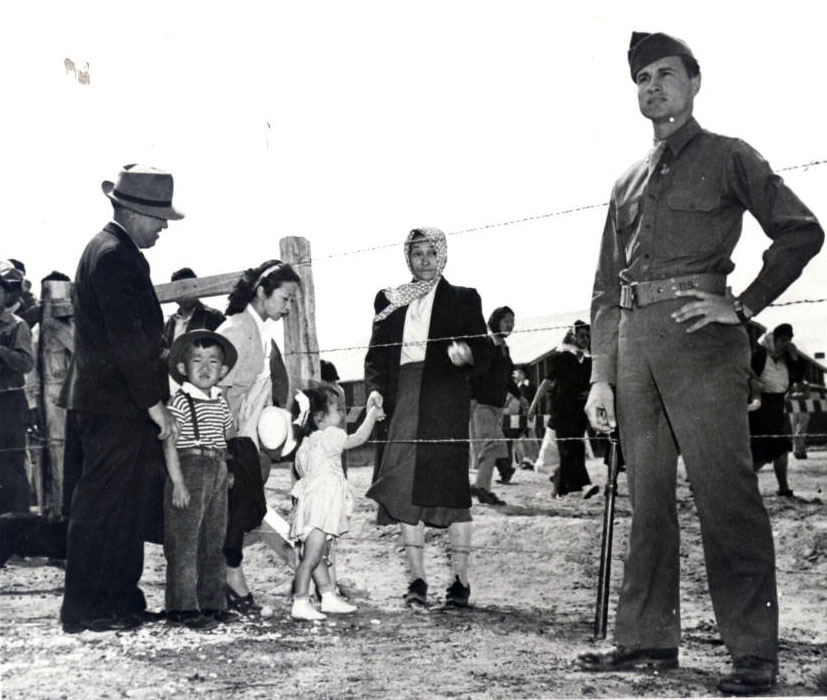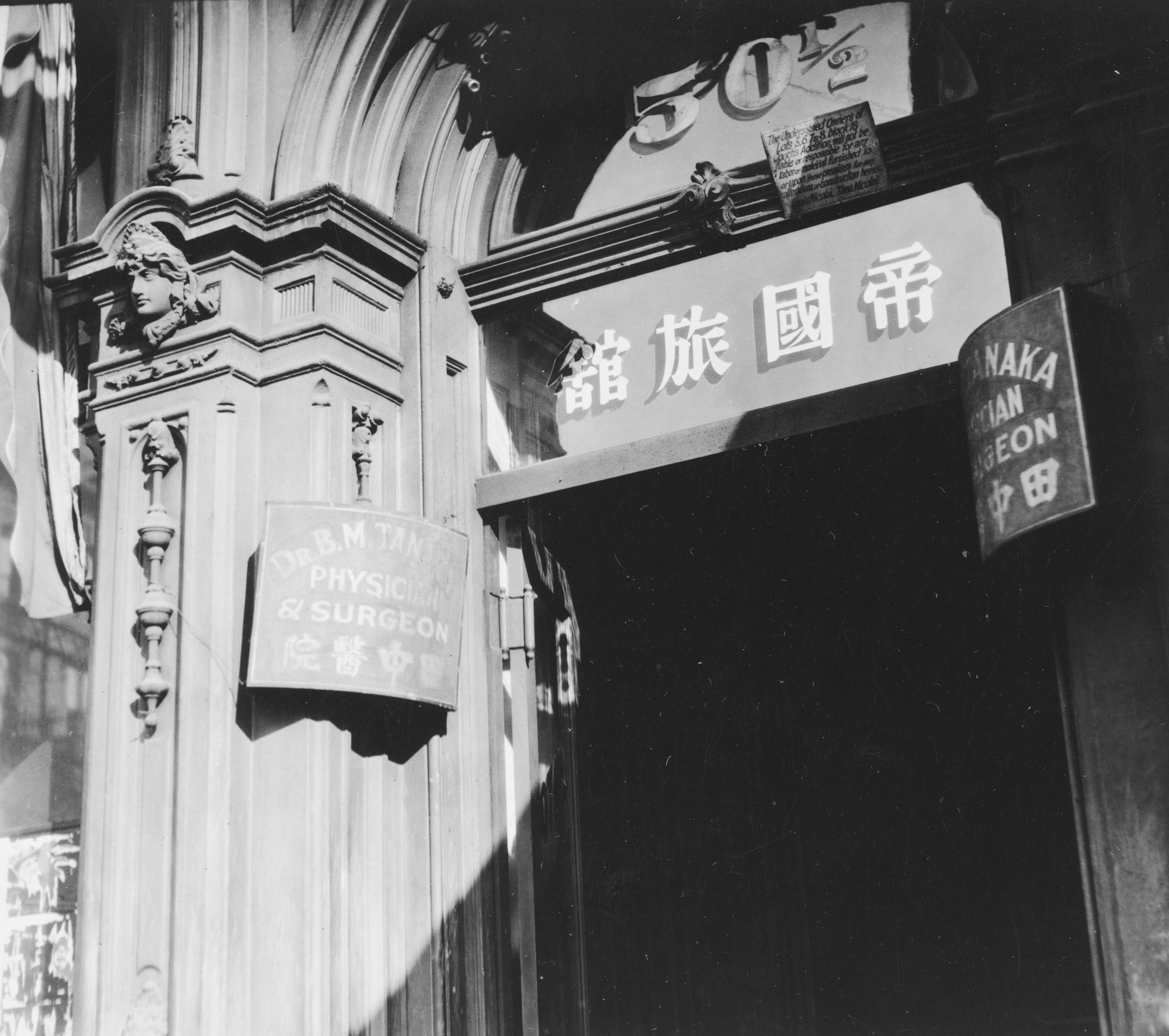George Katagiri was an educator for most of his life. He began his career in 1950 at Abernethy School in Portland, teaching social studies at the school he had attended through the eighth grade. He moved to the Oregon Department of Education in 1959 to become the state’s science education specialist, a position created by the 1958 Federal Defense Education Act, which was precipitated by the Soviet Union’s launch of Sputnik. In that capacity, he developed one of the first in-service programs for teachers transmitted via television. Katagiri traveled throughout the state, visiting almost every district, giving lectures and performing science demonstrations to inspire teachers. In 1969, he was the recipient of the Oregon State Employee of the Year Award, presented by Governor Tom McCall.
As director of dissemination beginning in about 1971, he developed a computerized retrieval system of all the educational research that had been conducted to date in universities throughout the country. The program became the Educational Resources Information Center (ERIC) program. He then worked on developing instructional technology for using the computer as a tool in schools. During the last few years before he retired in 1984, Katagiri coordinated federal programs for the Oregon Department of Education.
George Katagiri was born in Portland on September 22, 1926, to Japanese immigrants Chiharu and Teruye Katagiri. The family, including George’s two older sisters, Rose Senda and Mary Uno, lived in a rented house in southeast Portland. His mother ran Cookie’s Grocery, a neighborhood store, and his father worked for Furuya Company, an import and export business in Japantown in northwest Portland. Like most Japanese Americans of his generation, in addition to public school George attended Japanese school five days a week and a half day on Saturday to learn the language and culture of Japan.
This life ended for the Katagiri family after the bombing of Pearl Harbor on December 7, 1941. In May 1942, the family joined over 3,400 other Japanese immigrants and Japanese Americans from the Portland area who were incarcerated in the Portland Assembly Center. They remained there until assigned to a concentration camp in Tule Lake, California.
After a year, George Katagiri was allowed to leave Tule Lake for Minnesota, where he finished high school and attended the University of Minnesota. His education was interrupted when he was drafted into the U.S. Army in 1945; he served in the Military Intelligence Service in occupied Japan. After his discharge, he completed his education at the University of Minnesota and returned to Portland to teach at Abernethy School. He and his wife Helen had three sons—Douglas, David, and Steven.
Retirement gave Katagiri an opportunity to continue as an educator when the Japanese American National Museum in Los Angeles asked him to help with an exhibit in cooperation with the Oregon Historical Society. The yearlong effort created an exhibit, In This Great Land of Freedom: The Japanese Pioneers of Oregon, which told the story of the Issei (first-generation Japanese) in Oregon. It was one of the most popular exhibits at the Society and traveled throughout the state. The project accumulated a large collection of photographs, artifacts, and documents that were important pieces of Nikkei (people of Japanese ancestry living outside of Japan) history. That collection is now in the archives of the Oregon Nikkei Legacy Center.
Katagiri helped plan and create the Oregon Nikkei Legacy Center, a museum and research center in Portland. He continued to teach and inspire others about Nikkei history as a historian and spokesman until his death on June 3, 2009.
-
Oregon Nikkei Legacy Center, outside.
Oregon Nikkei Legacy Center. Courtesy Oregon Nikkei Legacy Center
Related Entries
-
Japanese American Museum of Oregon
The Japanese American Museum of Oregon is in Portland’s Old Town, the h…
-
![Japanese Americans in Oregon]()
Japanese Americans in Oregon
Immigrants from the West Resting in the shade of the Gresham Pioneer C…
-
![Japanese American Wartime Incarceration in Oregon]()
Japanese American Wartime Incarceration in Oregon
Masuo Yasui, together with many members of Hood River’s Japanese commun…
-
![Japantown, Portland (Nihonmachi)]()
Japantown, Portland (Nihonmachi)
Portland's Japantown, or Nihonmachi, is popularly described as having e…
Map This on the Oregon History WayFinder
The Oregon History Wayfinder is an interactive map that identifies significant places, people, and events in Oregon history.
Further Reading
"Nihonmachi: Portland's Japantown." www.discovernikkei.org/en/nikkeialbum/albums/44/.
Azuma, Eiichiro. "A History of Oregon's Issei, 1880-1952." Oregon Historical Quarterly 94:4 (Winter 1993/1994), 315-367.
Katagiri, George. Nihonmachi: Portland's Japantown Remembered. Portland: Oregon Nikkei Legacy Center, 2002.
Oregon Nikkei Legacy Center. www.oregonnikkei.org/.




